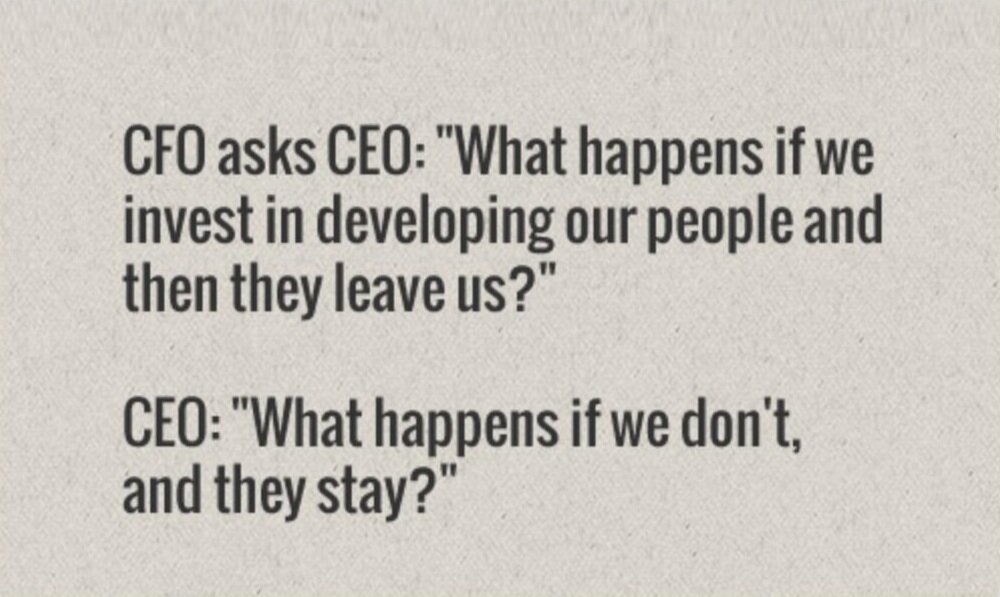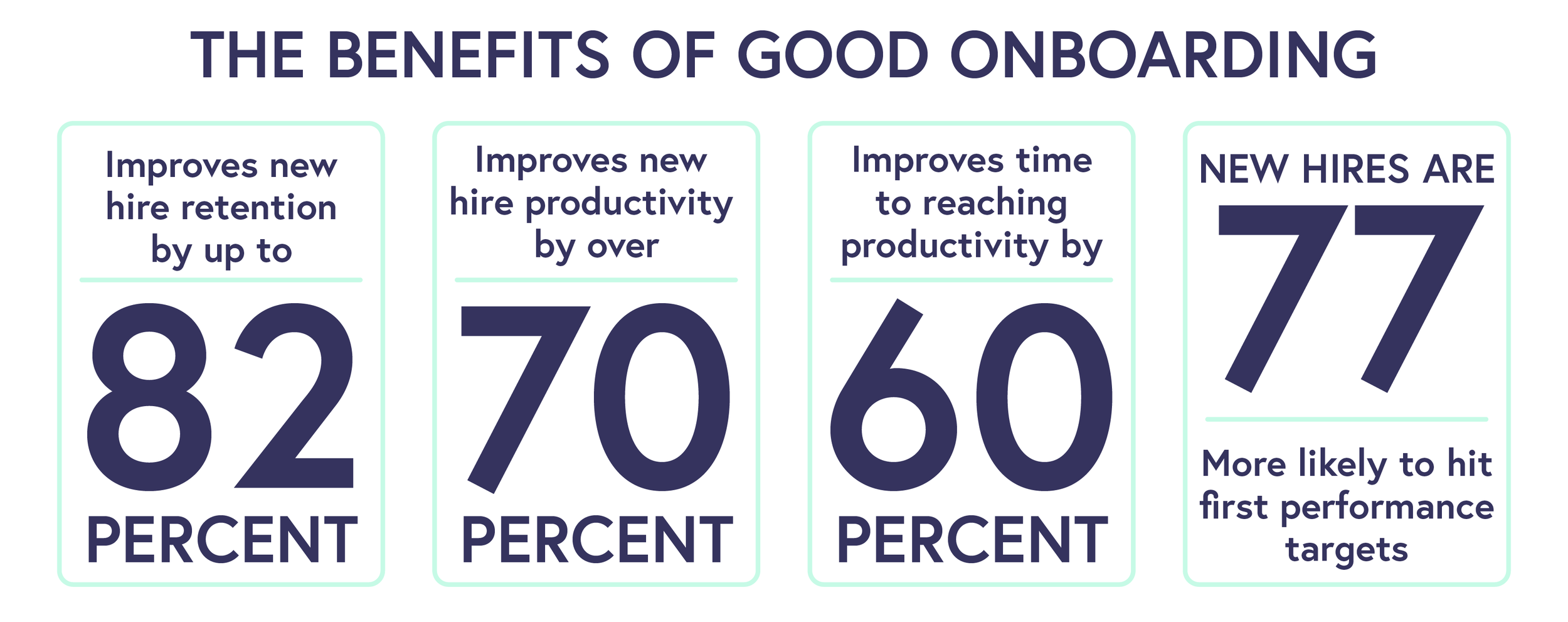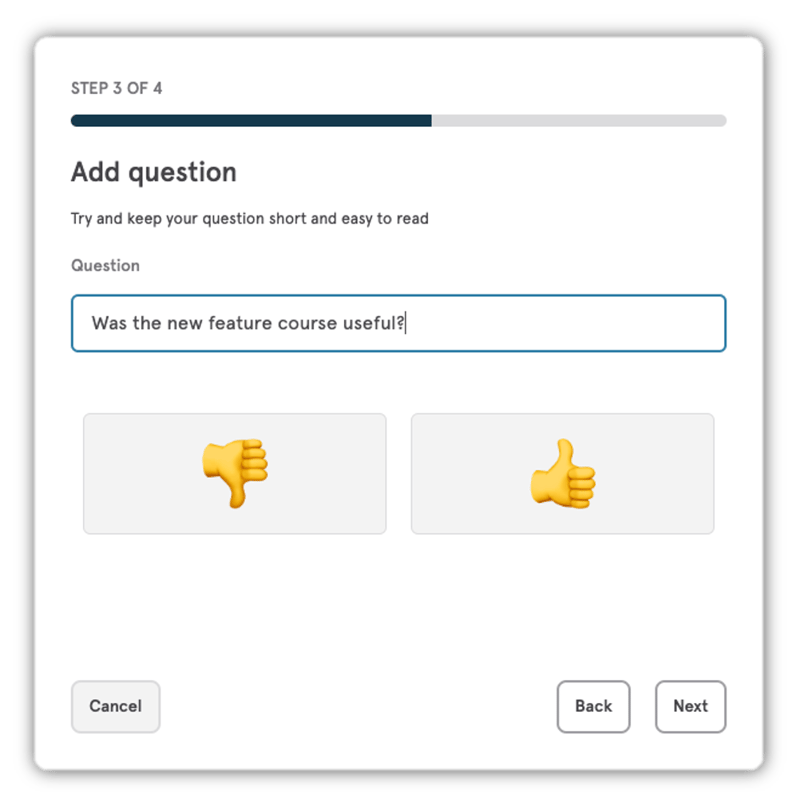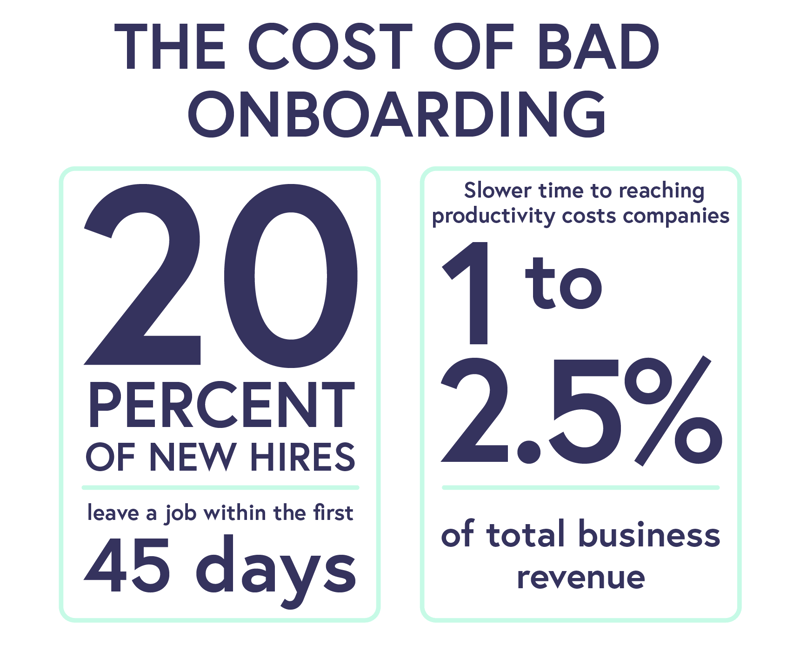Every industry, from hospitality to retail, has its own set of unique obstacles to overcome in order to optimise and elevate the experience of their new hires.
Given the fact that 88% of new hires think their employer did a poor job with the onboarding process, there’s definitely room for improvement.
→ Download Now: The Ultimate Onboarding Guide for On-Demand
But why invest time in optimising your onboarding process for new hires in the first place? 🤔
If lowering new hire churn and improving workforce productivity are outcomes you’d also like to achieve, read on...
Reduce churn
If new hires aren’t happy - they’ll leave. 20% leave within their first 45 days.
Churn is particularly an issue in the on-demand sector. Some on-demand companies suffer an employee turnover of 500% a year.
In on-demand, more contractors fall into the millennial age bracket than any other generation - 24% of millennials have worked as an independent contractors, vs. 15% of Gen Xers and just 9% of Baby Boomers. And soon millennials will grow to make up 75% of the workforce (according to Deloitte research).

Known as the ‘job-hopping’ generation, they have fewer reservations about up and leaving than their predecessors. 60% are actively open to other job opportunities, which is 16% higher than any generation before them.
Combine this with the fact that job opportunities are abundant - in 2019, job openings outnumbered job seekers by 1.1 million in the U.S. - means the pool you’re competing against is more crowded than ever before.
There is a direct link between good onboarding and churn. New hires who had a negative onboarding experience are twice as likely to seek a different opportunity and organisations with strong onboarding processes were found to improve new hire retention by 82%.
These numbers are unsurprising - good onboarding practices create feelings of community and loyalty. If you want an increasingly millennial workforce to stick with you, onboarding is the critical period in which to secure their loyalty.
Improve productivity
So you’ve retained your new team member - great! But are they working to the very best of their ability?

Like churn and onboarding, productivity and onboarding are inextricably linked. Organisations with strong onboarding processes see productivity skyrocket - it improves by over 70%. 🚀
It makes sense - the stronger your onboarding, the lesser the learning curve. Your new hire knows more of what they need to to carry out their job effectively, quicker. Lost productivity on account of steep learning curves can cost a company between 1-2.5% of total business revenue.
People who know exactly what they need to, when they need to are empowered to carry out their job to the best of their ability (i.e. be productive) - 77% of new hires who underwent formal onboarding hit the first performance goals they were set. We call this collective empowerment of your people Workforce Success.
So if these are a few rewards you can expect to reap through improved onboarding, what are some measures you can actively take to improve your onboarding?
First off...
1. Create community where there is none
Starting a new job is daunting in any industry. Think back to your first day - how did you feel? New people and an endless list of names you’re guaranteed to forget, new ways of working, new surroundings. It’s a sensory overload.
But imagine you didn’t have your manager or an assigned office ‘buddy’ at arms reach, to put your questions to and have your anxieties quelled then and there?
What if your first day instead comprised of: hopping into your car, opening up an app, and picking up a total stranger to drive to an unknown destination?

Starting a new job can feel especially lonely and daunting if you’re a remote worker, freelancer or working in the on-demand economy (e.g. as a driver, masseuse, courier), because - it’s just you. Remote workers are the most likely to feel alone. And in the absence of a community, new hires are less engaged, less productive, produce lower quality work and are 2x more likely to churn.
The good news is you can combat feelings of isolation and build a sense of community. Even if your entire workforce is decentralised. How?
Make it clear that people are supported and part of something. Some simple ideas to replicate the ‘human touch’ in a scalable manner are:
-
A welcome video from senior leadership
-
Personal videos from peers on getting started
You don’t need to break the bank either - a tripod and smartphone will suffice.

A by-product of this is improved Customer Success. When your workforce is empowered, working purposefully and as part of a community they are also better equipped to meet the expectations of your customers.
Then...
2. Make using your platform second nature
As you probably know your own product inside out, explaining things to new hires like:
-
How to download your app
-
How to sign in for the first time
-
How to accept a first delivery, trip or appointment
-
Where to input card details to start earning
-
When they can expect to be paid
May seem too obvious. So obvious you overlook it and forget to include it as part of your onboarding. But in on-demand onboarding nothing is too obvious.

You can’t risk making the assumption that your new hire is tech savvy - they may not be. The greater the barrier to getting started and making money, the higher the likelihood your new hire will churn.
Something we hear from our on-demand clients, like Uber and Airbnb, is that if a contractor is not making money in the crucial initial 2-4 week period, they lose them.
By going to your customer support team and asking what the three most popular questions new recruits ask are, you’ll be able to further pre-empt areas of contractor contention, so you can create better informed, anticipatory content that covers essential processes. This will make their experience as users seamless, reducing the ‘earning friction’ that leads to churn.
Watch our webinar with Fountain on how to retain on-demand workers
The time between starting and receiving first payment is also highly critical - remove roadblocks wherever possible.
Next, be sure to address...
3. Emphasise why choosing you was the right choice
Making your new hire feel your enthusiasm over deciding to work for you is a must anywhere. But perhaps nowhere more than in on-demand.

Why?
In the on-demand economy, loyalty is especially hard to secure because of the lack of human connection. Why would a new hire feel they owe you their continued service, when they’ve never even met you?
And competition is especially high. Unlike in traditional employment, there is no ‘duty of loyalty’ - there are no rules on how many competing companies a contractor can provide their labour to. 25% of freelancers can find work within 24 hours.
It is also fairly easy and frictionless to sign up to provide services as a contractor - “there are low barriers to entry and the switching costs are low” . Essentially the obstacles to beginning work for a rival are lesser.
There are low barriers to entry and the switching costs are low
So it’s up to you to utilise the small window of opportunity that is onboarding to prove that you’re a worthwhile employer and make sure your new team members feel a reason to keep coming back to you instead of your competitors.

Part of this is smoothing out a new hire’s path to earning - making money as easy to start earning as possible. But another part is making them feel like valued additions to your workforce.
Some ideas for hitting home your competitive advantage:
-
Expand on your company’s vision and values. This could be incorporated into a welcome series from senior management
-
How are you different (and better) than competitors?
-
What can contractors expect from you, and what do you expect from them?
-
Let them know how and where to get support, should they need it
-
Offering reward or recognition. 69% of employees said reward and recognition would motivate them to stay
And finally...
4. Give contractors a voice
As important as it is to provide engaging and motivating training to new hires at the right time to empower them, it can’t be a one-way stream of communication. You need to create a dialogue.

Your people value feeling heard - those that feel their voice is heard are 4.6x more likely to feel empowered to perform their best.
Making new hires feel as though they are contributing, and that their contributions are being listened to, is important, purpose-instilling practice. Employees that find purpose in the work they do are more productive. In fact it makes more of a difference to productivity than pay does.
And the sooner you give them a means through which to do this, the better. Employees that feel listened to are less likely to stray - 96% said an employer showing empathy would keep them on board.
But in the on-demand economy, this is harder to achieve. You will rarely (or never) see contractors in person. How can they share how they feel?
Pulse surveys are an anonymous, succinct way for employees to feed back to you on a periodic basis.

Conventional surveys suffer a poor response rate of only 30-40% and your people may stay silent if they feel being honest could jeopardise their position.
As pulse surveys are anonymous, people are more likely to be honest. As they are short, completion rates are high. This makes them perfect for combatting churn by making your people feel listened to.
And they are the ideal solution for on-demand as they can be easily incorporated into mobile training.
To summarise…
Using content formats like video to build a sense of community, teach new hires how to use your platform quickly to optimise earnings earnings, as well as tools like pulse surveys to give your people a voice, are a few strategies you can implement in the crucial onboarding period to combat churn as an on-demand company.

If you'd like to see how you can use eduMe's mobile-first platform to deliver the perfect onboarding training to your employees, freelancers or clients, start a free trial or book in a personal demo.








